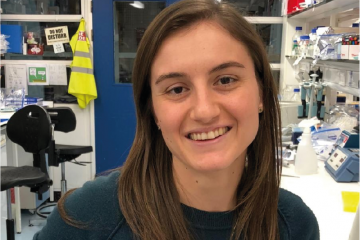Fellowship
Novel approach to model Non-Alcoholic Fatty Liver Disease using human Pluripotent Stem Cells

At a glance
Completed
Award date
June 2018 - May 2020
Grant amount
£115,646
Principal investigator
Dr Carola Morell
Institute
University of Cambridge
R
- Replacement
Read the abstract
View the grant profile on GtR
